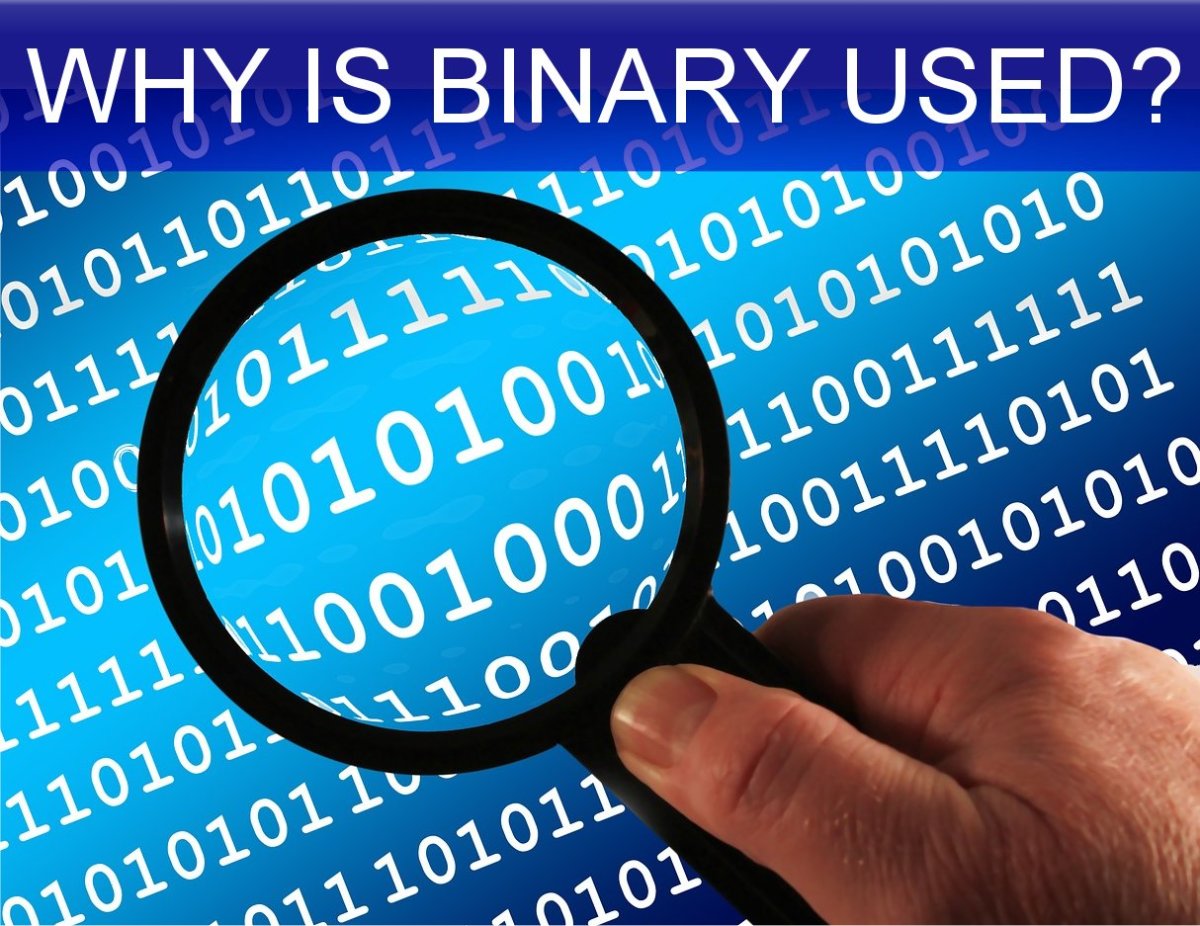Unveiling the Binary Ballet: A Comprehensive Exploration of How Computers Utilize Binary to Execute Operations

Introduction:
In the intricate dance of electronic computation, the binary system stands as the choreographer, orchestrating the rhythmic flow of information that propels computers through the complexities of modern tasks. Understanding how computers leverage binary code is pivotal for unraveling the magic behind these ubiquitous machines. In this extensive exploration, we embark on a journey into the heart of binary computation, delving into its origins, the mechanics of binary representation, and how computers manipulate this system to perform the myriad functions that define our digital age.
Origins of Binary:
The binary system, with its fundamental basis in two digits—0 and 1—traces its roots to ancient cultures and mathematical concepts. Early civilizations used binary-like systems for counting, with some historical evidence suggesting that the ancient Chinese and Egyptians employed variations of binary representation. However, it wasn’t until the 17th century that the renowned mathematician and philosopher Gottfried Wilhelm Leibniz formally introduced the binary system to the Western world. Leibniz, inspired by the ancient I Ching divination system, recognized the elegance and simplicity of representing numbers using only two digits.
Binary Representation:
At its core, binary representation involves expressing numerical values using only the digits 0 and 1. This contrasts with the decimal system, which uses ten digits (0-9). In binary, each digit is referred to as a “bit” (a contraction of binary digit). Multiple bits are combined to form larger units:
- A single bit can represent two states: 0 or 1.
- Two bits can represent four possible states: 00, 01, 10, 11.
- Three bits can represent eight possible states, and so on.
Bytes and Beyond:
As computers evolved, the need for larger and more versatile units of binary representation arose. The byte emerged as a fundamental unit, consisting of eight bits. A single byte can represent 2^8 or 256 possible values, providing sufficient flexibility to encode characters, numerical data, and more. Larger units, such as kilobytes, megabytes, and gigabytes, are used to quantify memory and storage capacities, showcasing the scalability inherent in the binary system.
Binary Arithmetic:
Computers perform arithmetic operations using binary code, employing similar principles to those used in the decimal system. Addition, subtraction, multiplication, and division are executed through binary arithmetic, with each operation involving the manipulation of bits. Binary addition, for instance, follows familiar rules but is simplified due to the limited number of digits. Overflow, a phenomenon where the result exceeds the capacity of the binary representation, necessitates additional considerations in computer arithmetic.
Logic Gates and Boolean Algebra:
The foundational building blocks of a computer’s binary prowess lie in logic gates and Boolean algebra. Logic gates are electronic circuits that manipulate binary signals based on Boolean logic, a mathematical system developed by George Boole. Boolean operations, such as AND, OR, and NOT, are fundamental to binary computations. These operations enable computers to make decisions, process data, and execute the intricate sequences of instructions that define their functionality.
Machine Code and Assembly Language:
Binary is the native language of computers, but humans find it more intuitive to work with higher-level languages. To bridge this gap, assembly language serves as a low-level programming language that uses symbolic representations of binary instructions. Assembly language provides a more human-readable format for programmers, making it easier to write and understand code. However, these instructions are ultimately translated into machine code—a binary representation that computers directly execute.
Binary and Machine Instructions:
Machine instructions, encoded in binary, represent the fundamental operations that a computer’s central processing unit (CPU) can perform. These instructions include arithmetic operations, data movement, conditional branching, and more. The CPU fetches these instructions from memory, decodes them, and executes the corresponding operations. The efficiency and speed of modern computers are intricately tied to the swift execution of vast sequences of binary machine instructions.
Binary in Data Storage and Retrieval:
Binary representation is foundational to data storage and retrieval in computers. Binary code encodes information in a format that can be easily stored in electronic memory. Whether it’s a text document, an image, or a video file, data is ultimately stored in the form of binary digits. This universal encoding allows computers to handle diverse types of data, offering a standardized approach to information storage and retrieval.
The Binary Ballet of Computing Operations:
The seamless ballet of computing operations unfolds through the harmonious interplay of binary digits, logic gates, and machine instructions. Computers leverage binary to manipulate data, execute complex algorithms, and perform a multitude of tasks with astonishing speed and precision. The binary system’s intrinsic simplicity belies its computational power, serving as the foundational language that allows computers to communicate, calculate, and create.
Challenges and Innovations:
While the binary system has been the bedrock of computing for decades, researchers and engineers continually explore innovations to enhance computational capabilities. Quantum computing, a revolutionary paradigm, leverages the principles of quantum mechanics to perform computations at a scale and speed that surpass classical computers. Quantum bits, or qubits, can exist in multiple states simultaneously, opening new frontiers in computational possibilities beyond the binary realm.
Conclusion:
In the grand symphony of computation, the binary system conducts a silent but foundational melody, shaping the digital world in which we live. From the simplest arithmetic operations to the intricate algorithms that power artificial intelligence, the binary system underpins the entire spectrum of computing. As we navigate the intricacies of this digital landscape, an appreciation for the elegance and efficiency of binary representation becomes not only a key to understanding computers but a gateway to unlocking the boundless possibilities that lie ahead in the ever-evolving realm of technology.




